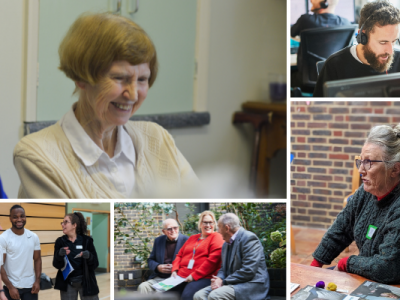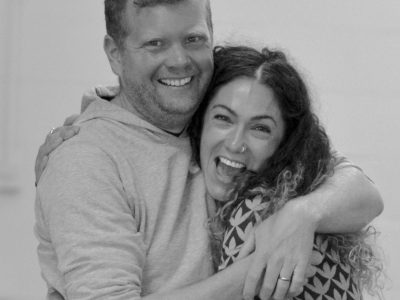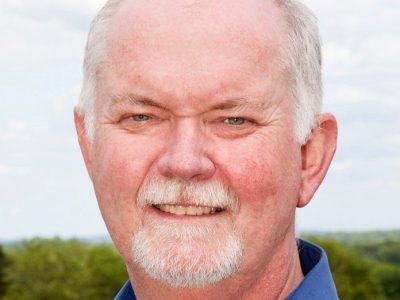My inspiration comes from a very simple concept; that the system can be transformed one person at a time. This means understanding our purpose from the service user’s point of view and designing responses that only do the things that matter to people. Realising this ambition means creating the space for people to understand, in context, the person we are helping and what matters to them and only doing those things. It also means giving up on much of the paraphernalia that surrounds the work we do with and for people. This is easier said than done in hard pressed services faced with severe budget pressures.
Removing the obstacles
One story that has stuck with me from when I first started with Here was hearing a GP talk about the 10 ‘phone calls she had to make to try and get help for a man with diabetes that needed his foot looking at. At each point the response was ‘not us, not here’ as the patient didn’t meet the particular thresholds or criteria for the service being contacted. There have been many more such examples, big and small. The question for me then is ‘why does this happen – why can it be so difficult to get help’? The reasons can be anything from eligibility criteria and budgets, to standardised processes and targets.
On the face of it these things might seem important and useful. But when you look at how someone actually moves through a system – end to end, or start to finish – you often see the dysfunction these things can create and how they can inadvertently combine to prevent our collective efforts to give someone what they ‘need’. I once came across a person who, through a tragic accident was left quadriplegic. He had a solution to the problem he faced – how do I reach the kitchen surfaces of the accommodation I am in. His answer was to have an inflatable ‘cushion’ that would raise him to the level of the existing work surface at a cost of £900. Only there was no budget for cushions. There was, however, a budget for kitchen refurbishment – at a cost of £9000. And that is what he got. More often than not the demands people make are very reasonable and, ironically, often less costly and time consuming to the system and to them.
It’s not just “How do we integrate” but “why are we disintegrated?”
I guess the other way of looking at it is, rather than to rely on the thinking that got us to where we are to get us out of that position – better might be to instead change our thinking. Einstein once said ‘It’s not that I am smart, just that I stay with the questions much longer’. In his book, ‘A More Beautiful Question’, Berger reflects on the Socratic method, how young minds were trained in critical thinking and how, in its place, we have a world that ‘tends to place more value on answers, pronouncements and promises’. What inspires me is the idea that we can hold on to the question longer. That we don’t go with the latest policy inspired fad and instead take the time we need to understand our people in our system and from there build solutions that really work for people, their families and community.
Building on individual and community strengths
‘My name is …. and I’m a recovering physician.’ So remarked a member of the Nuka system, a health care system in Alaska designed to find peoples strengths rather than hunt their needs. What interested me about this quote was how the individual concerned realised that actually his profession could act as a barrier to helping. It made him look ‘inside out’ – what does this mean for me or my organisation. They have decided instead to look ‘outside in’, in other words, looking at how they help from the users point of view. Their response to the demands they face is what I call ‘person shaped’. They ask, what are the aspects of someone’s life, not just their illness, that we need to pay attention to and support if and when needed. That is different to ‘service shaped’ responses – in other words ‘you get what we can give you, not what you need’ – where we take a person and pass them through the standardised and protocolised approach irrespective of their ‘shape’ or what will actually help them.
What they have learned is something I was taught, cost is in flow, and the real economy we need to seek is economy of flow – how easily people move through the system to get the help they need – not economy of scale, although scale may come as a consequence.
Change is a contact sport
When faced with burgeoning demand in your practice, or for your service; when the system you work in has no more money to buy its way out of trouble, change, as necessary as it is, can feel like a real burden. Change as described above can feel even more difficult. It’s at these times that we need to pull together, to support each other, to rely on one another even when the hurly burly of change may appear to set us on different paths. But if we really want to transform the system rather than polish what is already there we have to be bold, even if there will be bumps and bruises along the way. There’s a long way to go but, based on the inspirational people that I have had the privilege to meet in this last 12 months, we have the talent, energy and enthusiasm to get there.
tagged in Primary Care Collaboration, service redesign, systems thinking, what inspires us
No Comments
You may also like

29.06.2023 | by Sarah James
Exceptional care, for everyone: Here Annual Report 2022/23

16.12.2022 | by Rich Taunt
What does vulnerability mean to us?

20.09.2022 | by Norman Webster
From patient to Partner in Care
